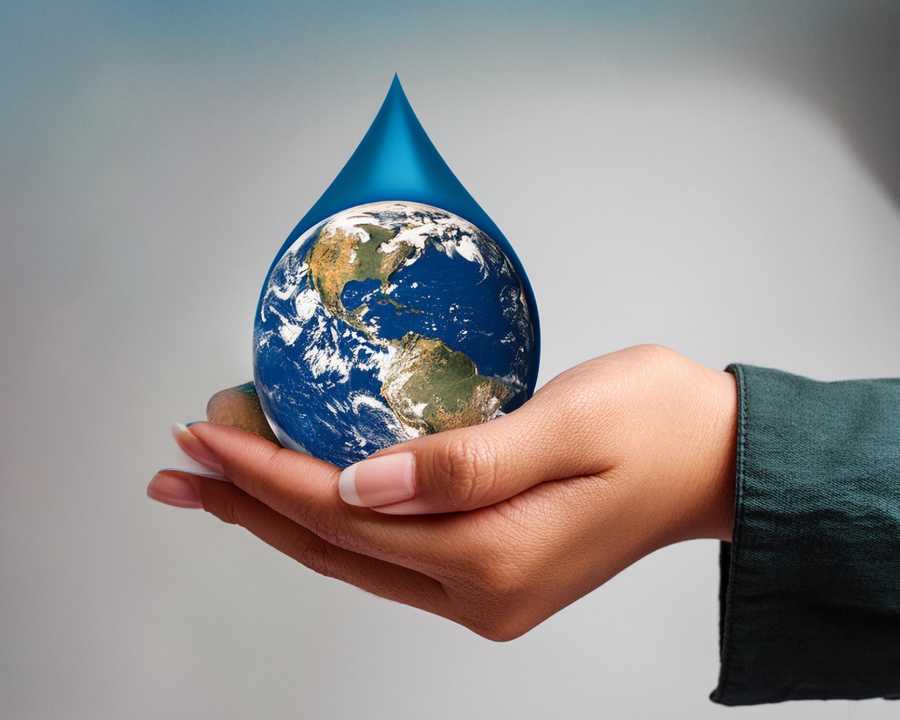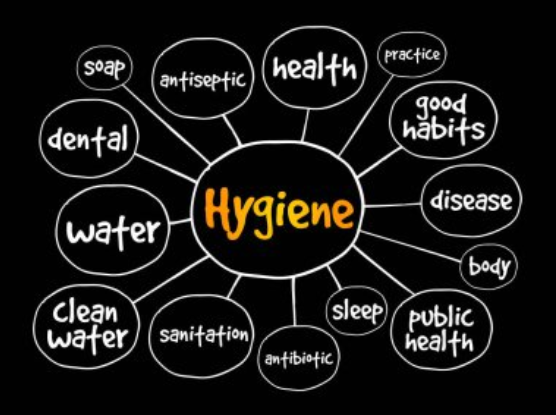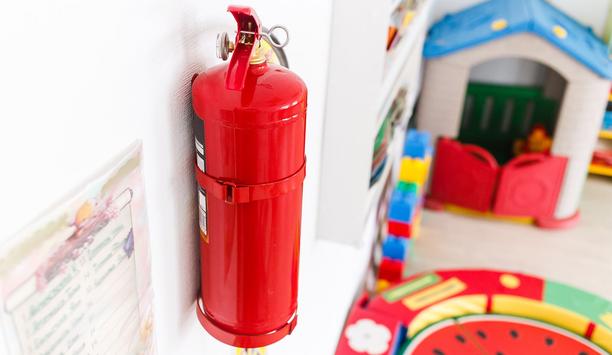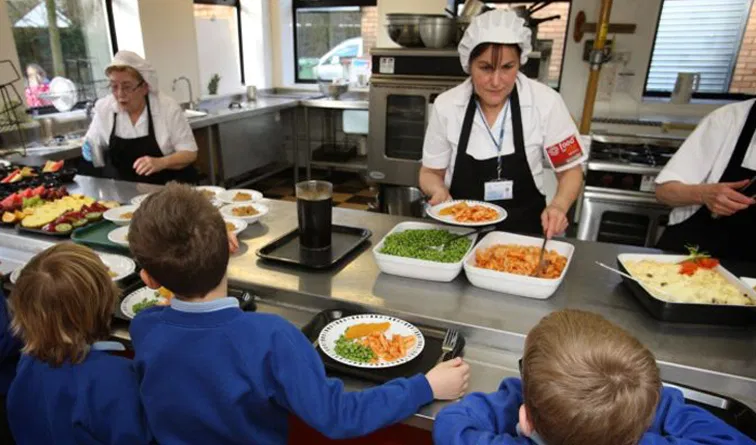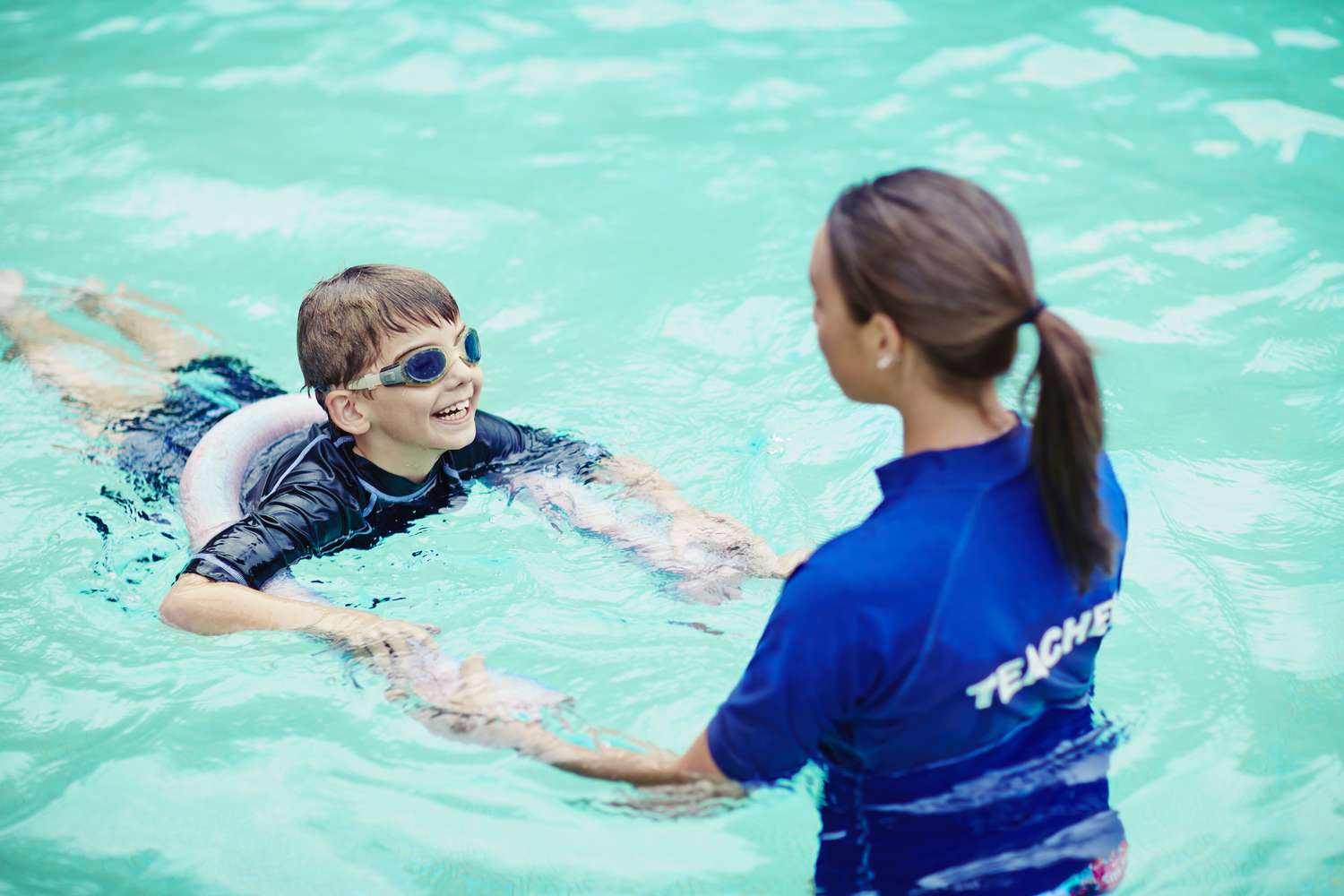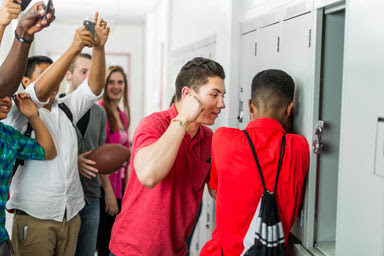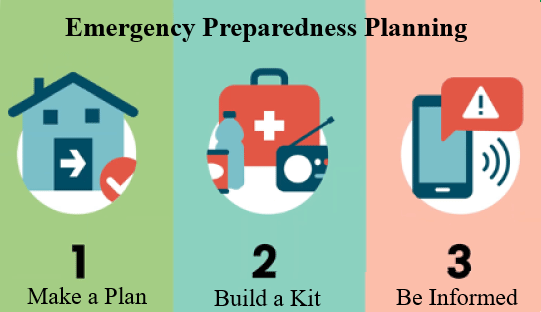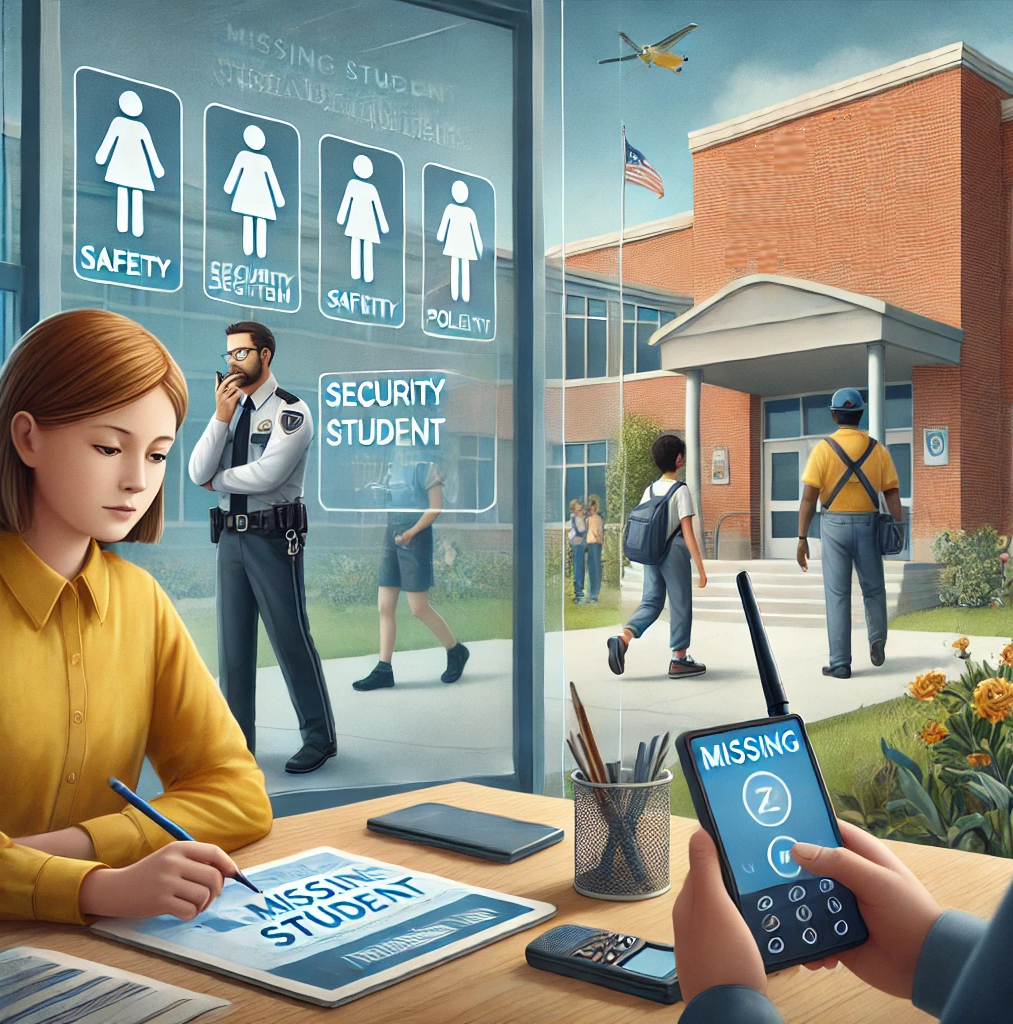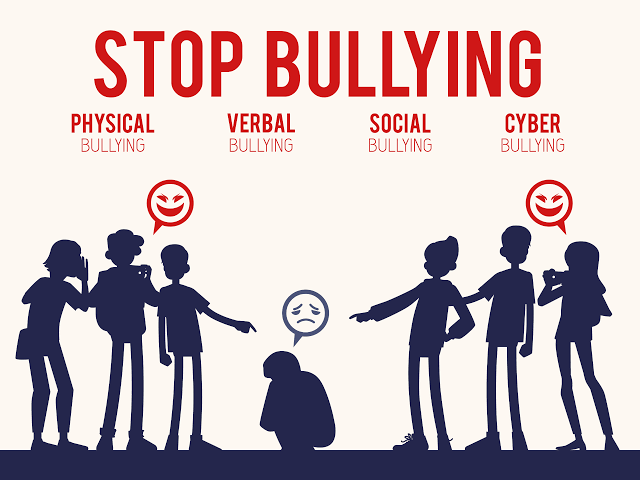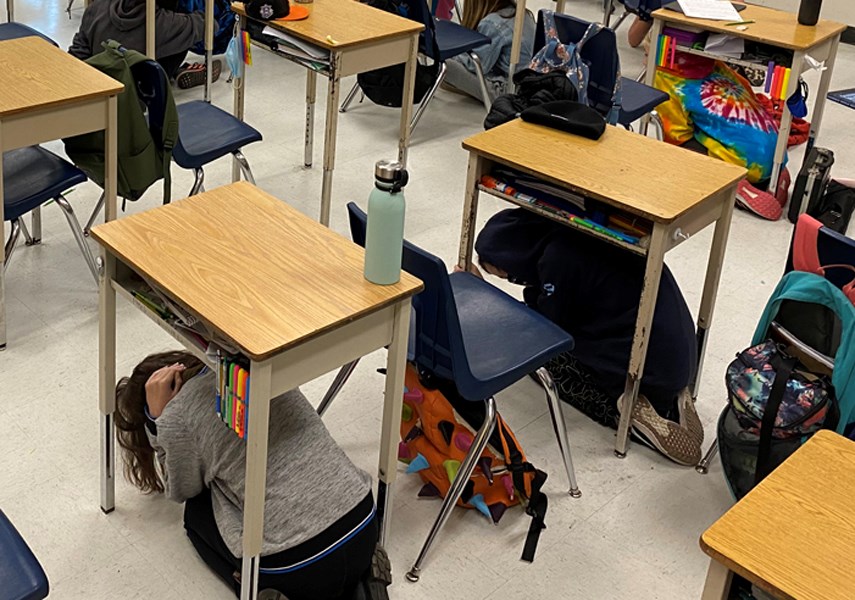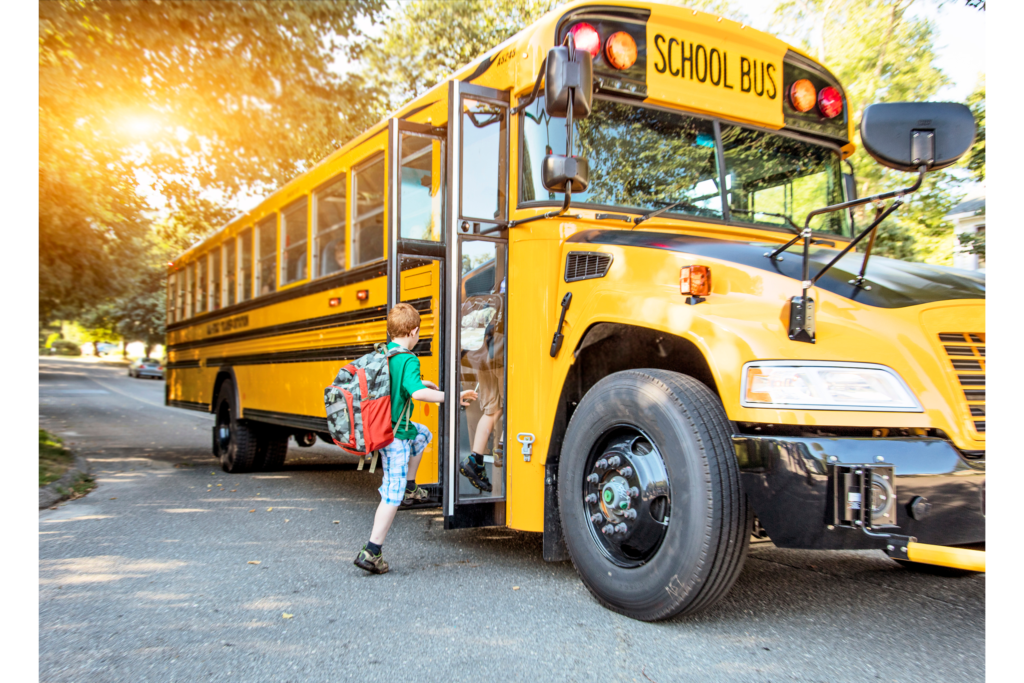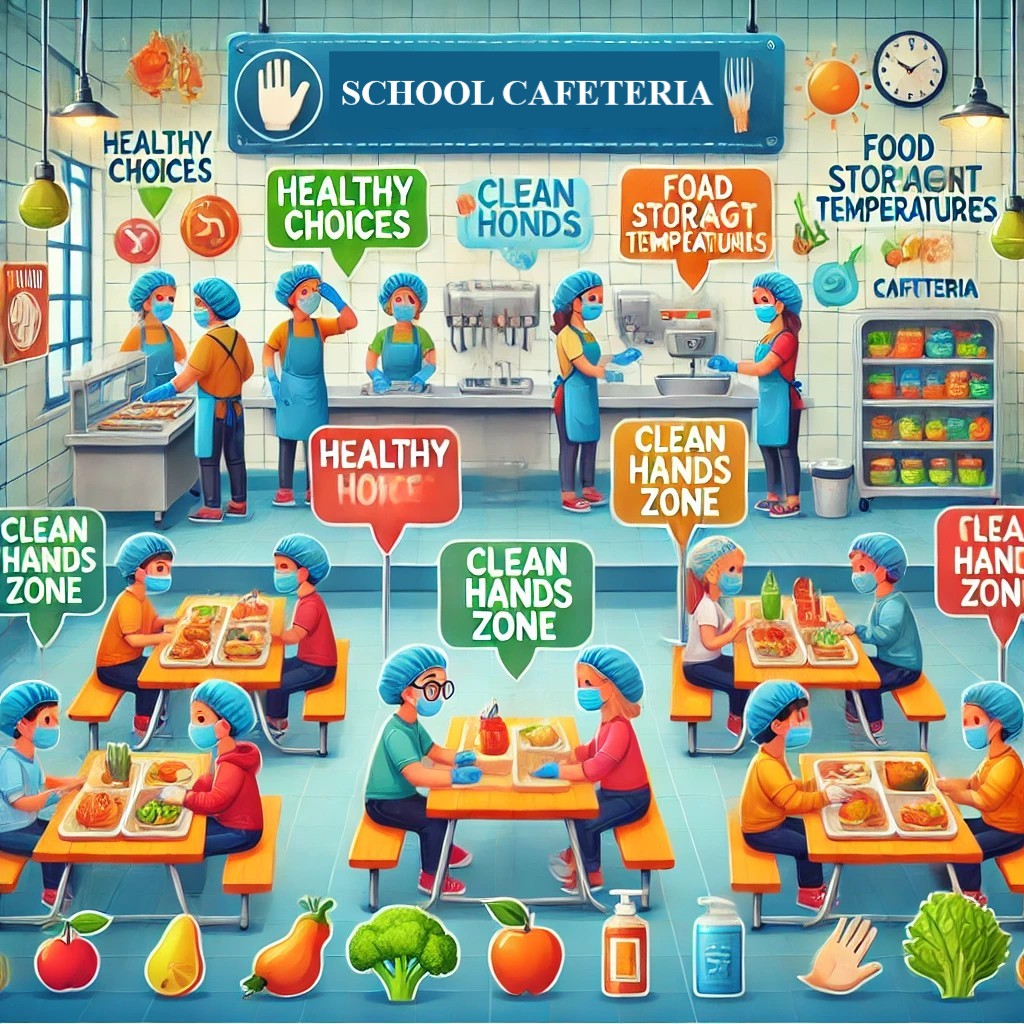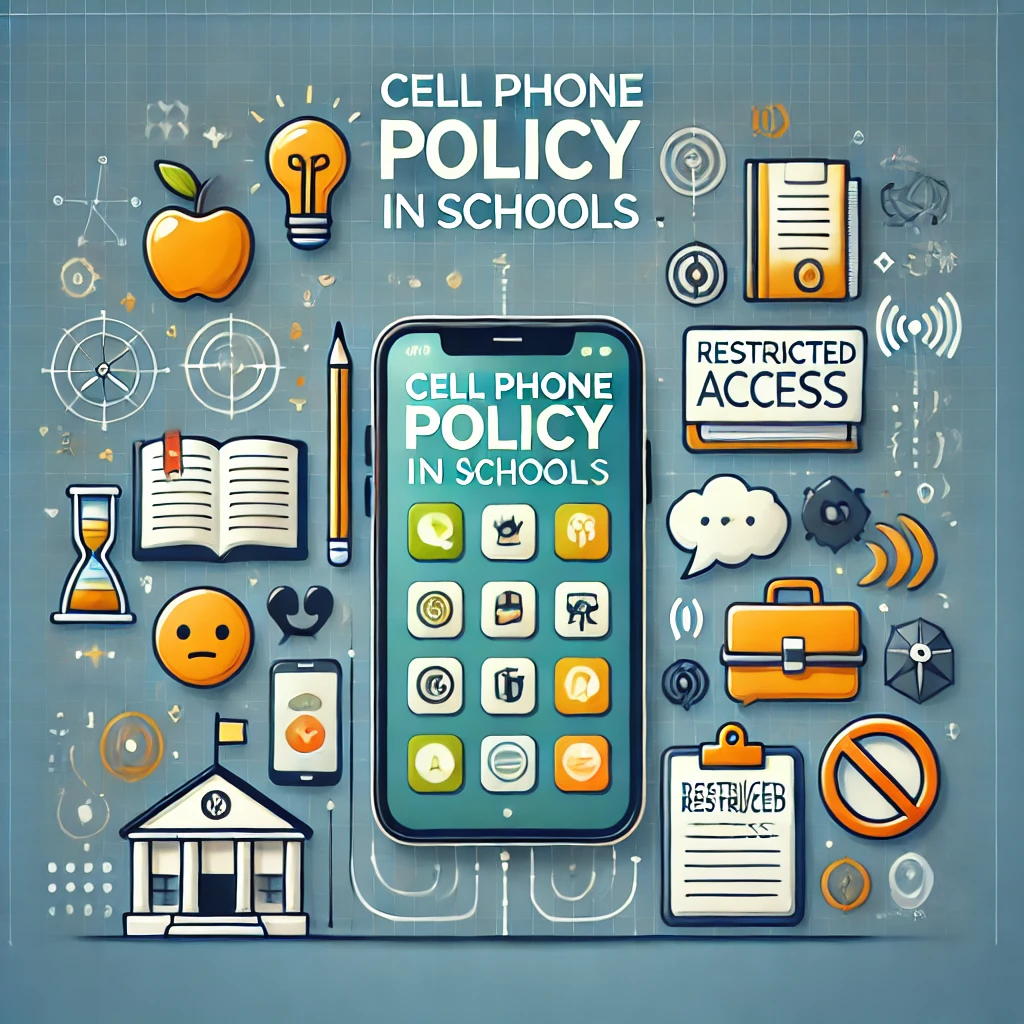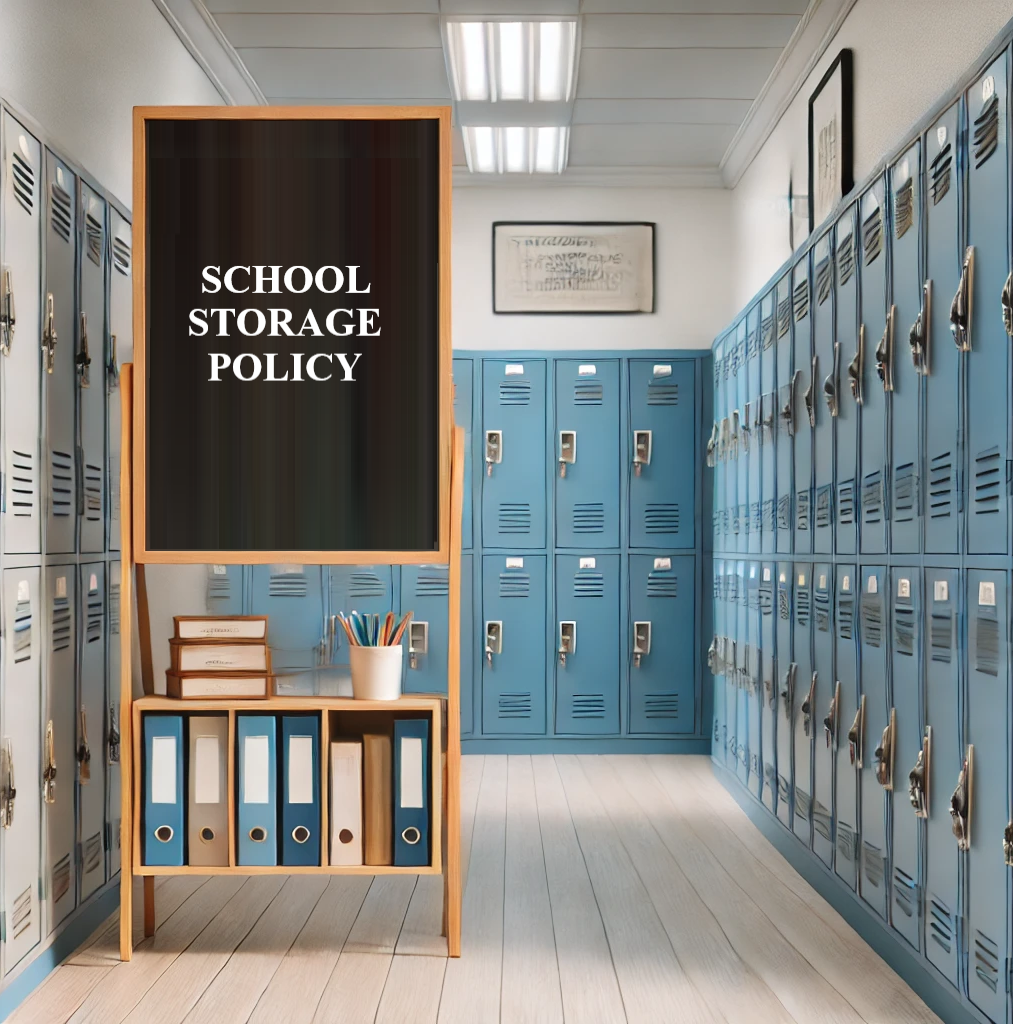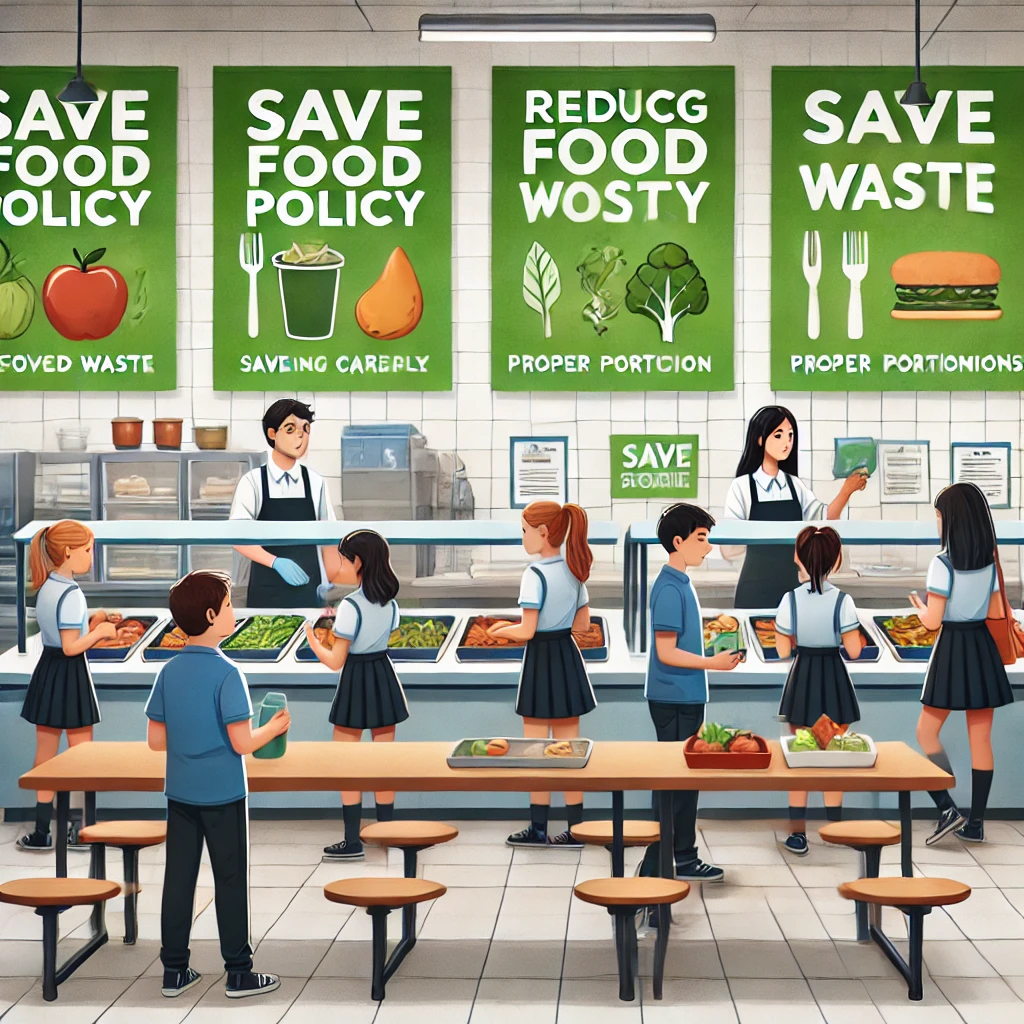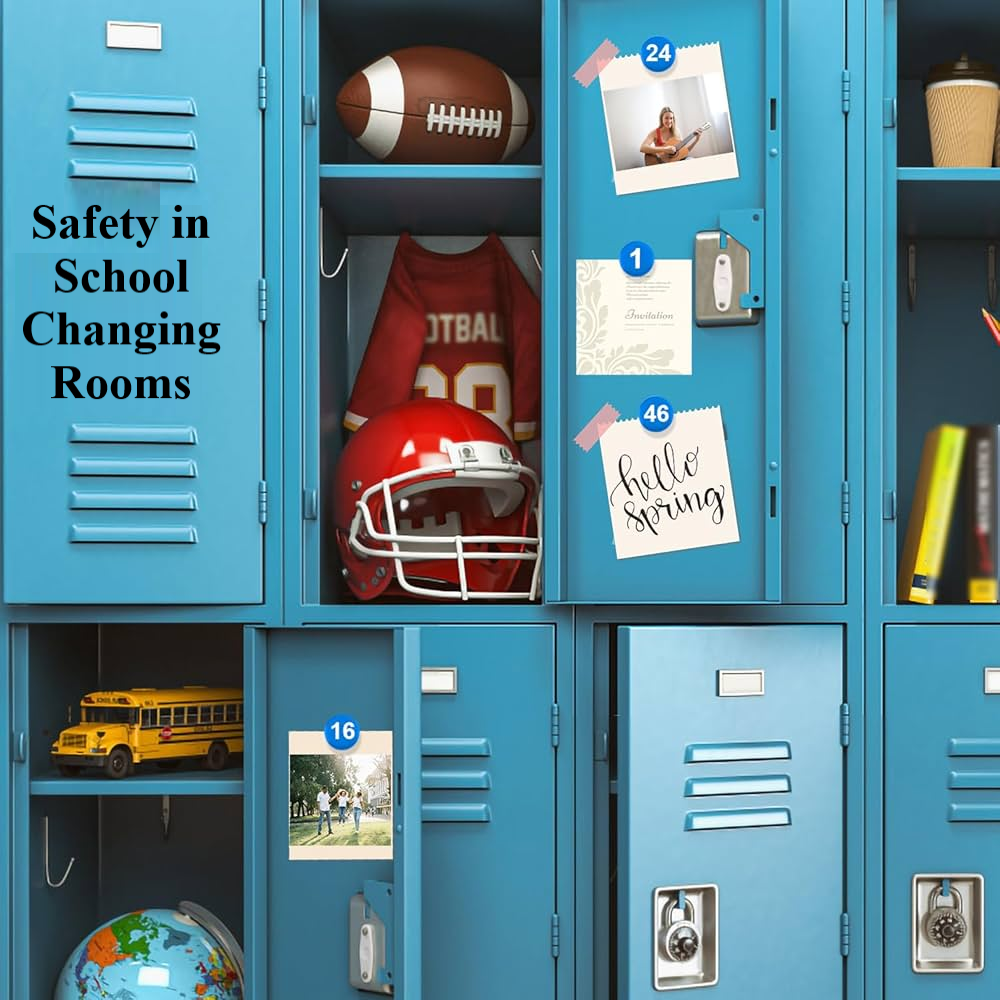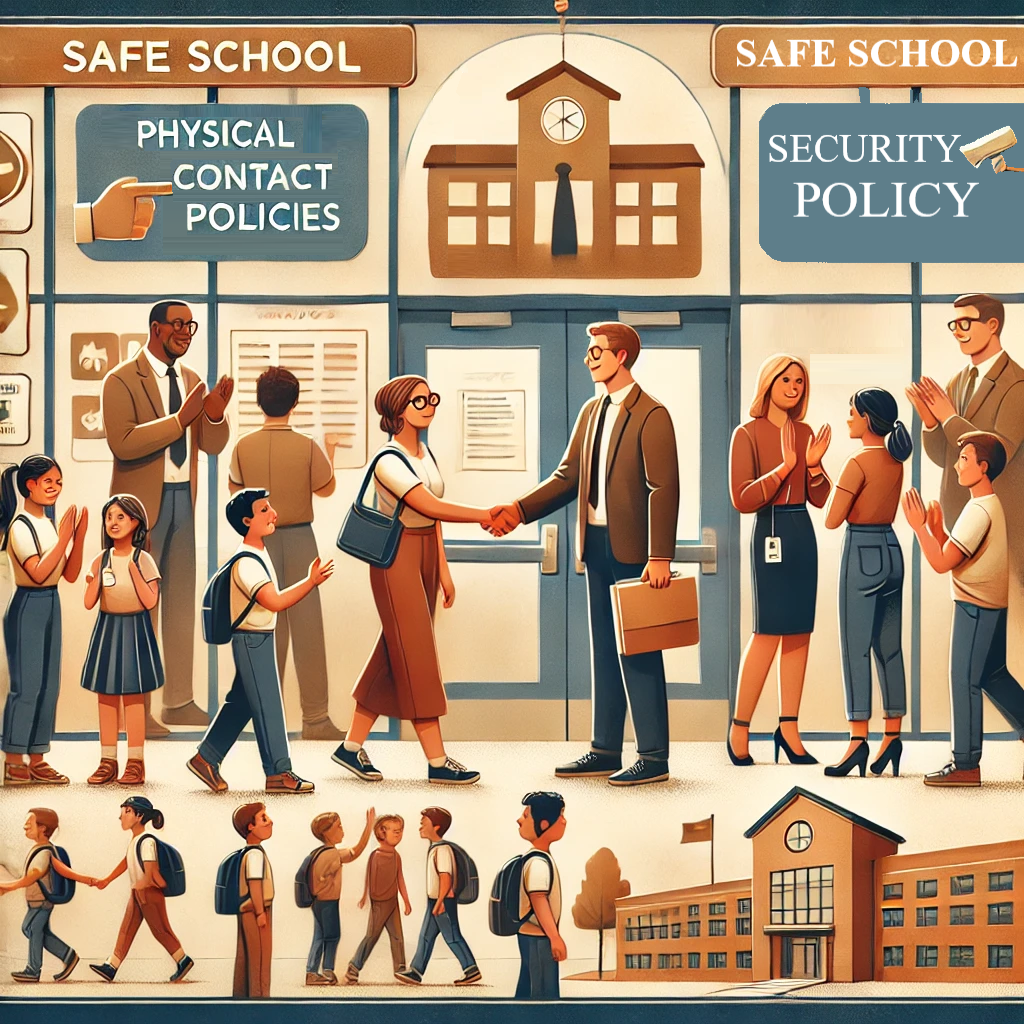Water Conservation Education: Instilling Habits for a Sustainable Future
Water is a vital resource, yet its scarcity is becoming an increasingly
pressing issue. Education plays a pivotal role in shaping attitudes and
behaviors toward water conservation, and schools are uniquely positioned to
instill these values in students. By integrating water conservation education
into the curriculum, schools can create a generation of environmentally
conscious citizens who prioritize sustainable living.
Interactive Lessons for Lasting Impact
To make water conservation relatable, schools should design interactive
lessons that resonate with students. Activities such as tracking daily water
usage at home and school, creating conservation-themed art projects, or
conducting experiments to understand the water cycle can make learning engaging
and memorable. These activities not only teach the science behind water
conservation but also emphasize its practical importance.
For instance, a simple experiment involving the measurement of water
wasted by a dripping faucet can highlight the urgency of fixing leaks. Students
can visualize the cumulative impact of water wastage over time, turning
abstract concepts into tangible lessons.
Real-Life Applications
Connecting classroom teachings to real-life scenarios reinforces the
importance of water conservation. Educators can illustrate how actions such as
turning off taps, fixing leaks, or using water-efficient appliances contribute
to reducing water bills and conserving resources. These discussions can extend
to global issues like droughts and water scarcity, helping students understand
their role in addressing these challenges.
Additionally, schools can encourage students to share their newfound
knowledge at home, fostering a culture of conservation within families. By
bridging the gap between school and home, the impact of water education becomes
far-reaching.
Empowering Student-Led Initiatives
Students are powerful agents of change. Encouraging them to lead water
conservation initiatives not only instills a sense of responsibility but also
amplifies their impact. Schools can support the formation of eco-clubs or green
committees where students can brainstorm and implement conservation strategies.
For example, students can organize campaigns to promote water-saving
practices, design posters and infographics to raise awareness, or even conduct
audits to identify areas of water wastage within the school premises. Such
initiatives empower students while fostering teamwork and problem-solving
skills.
Incorporating Water Conservation into
School Culture
To ensure lasting impact, water conservation must become a core aspect of
school culture. This can be achieved through activities like celebrating World
Water Day, hosting guest lectures by environmental experts, or organizing field
trips to water treatment plants and reservoirs. These experiences enrich
students’ understanding and reinforce the importance of sustainable water
management.
Moreover, schools can set an example by implementing water-saving
measures on campus. Installing water-efficient fixtures, maintaining green
landscapes with native plants, and harvesting rainwater are visible actions
that underscore the message of conservation.
